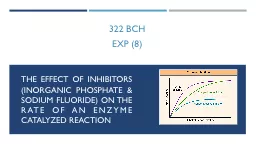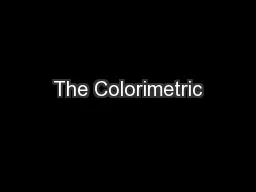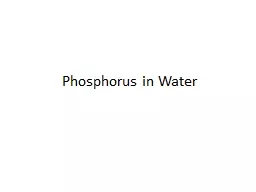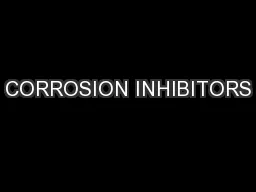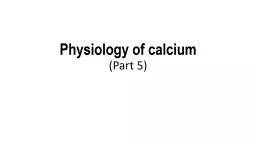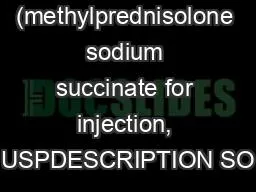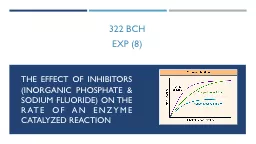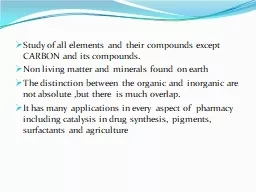PPT-The effect of inhibitors (Inorganic phosphate & Sodium
Author : alexa-scheidler | Published Date : 2016-08-02
322 BCH Exp 8 In this experiment we will continue to study acid phosphatase kinetics Objectives To study the effect of inhibitors on the rate of an enzymatic
Presentation Embed Code
Download Presentation
Download Presentation The PPT/PDF document "The effect of inhibitors (Inorganic phos..." is the property of its rightful owner. Permission is granted to download and print the materials on this website for personal, non-commercial use only, and to display it on your personal computer provided you do not modify the materials and that you retain all copyright notices contained in the materials. By downloading content from our website, you accept the terms of this agreement.
The effect of inhibitors (Inorganic phosphate & Sodium: Transcript
Download Rules Of Document
"The effect of inhibitors (Inorganic phosphate & Sodium"The content belongs to its owner. You may download and print it for personal use, without modification, and keep all copyright notices. By downloading, you agree to these terms.
Related Documents

